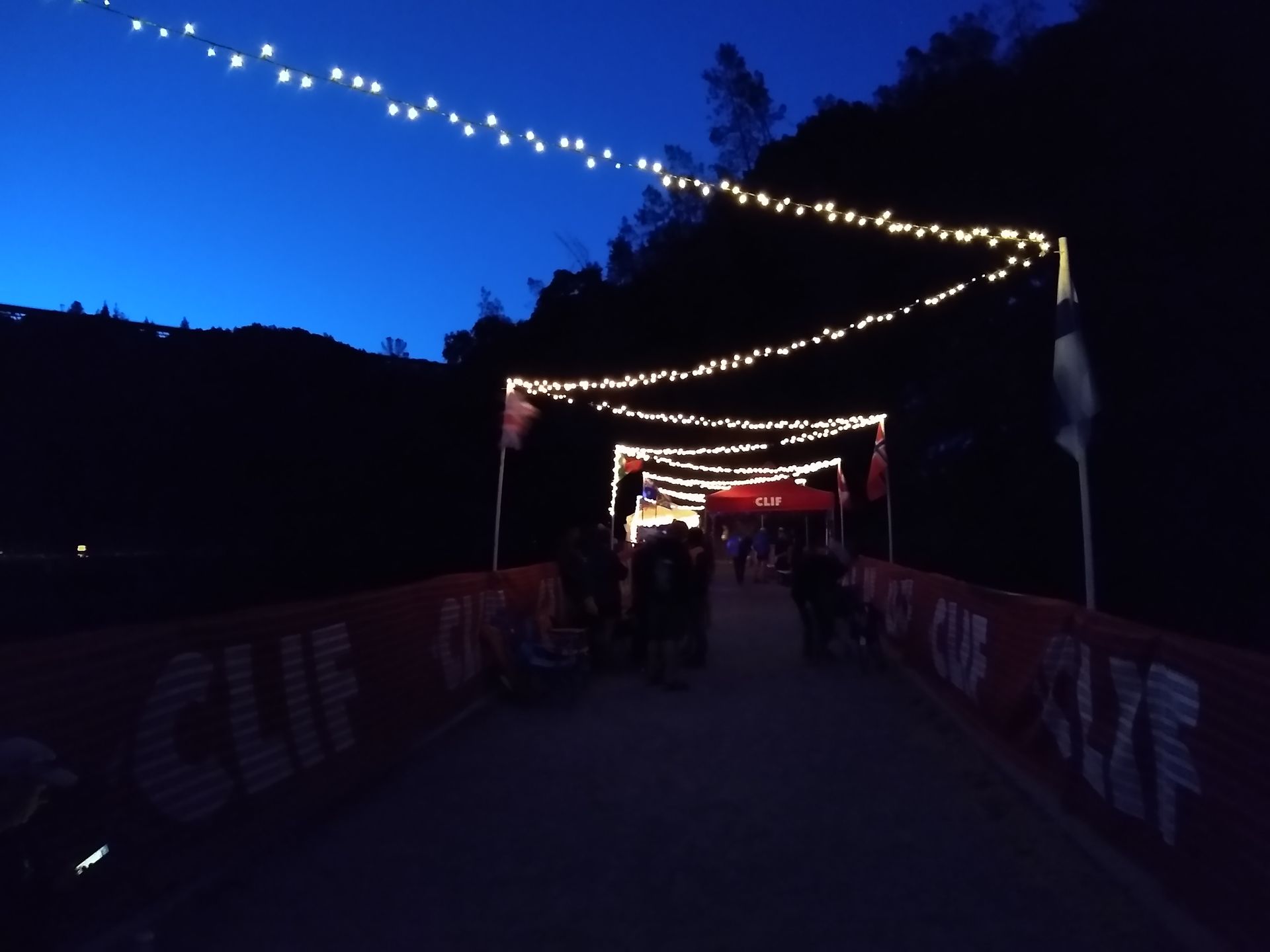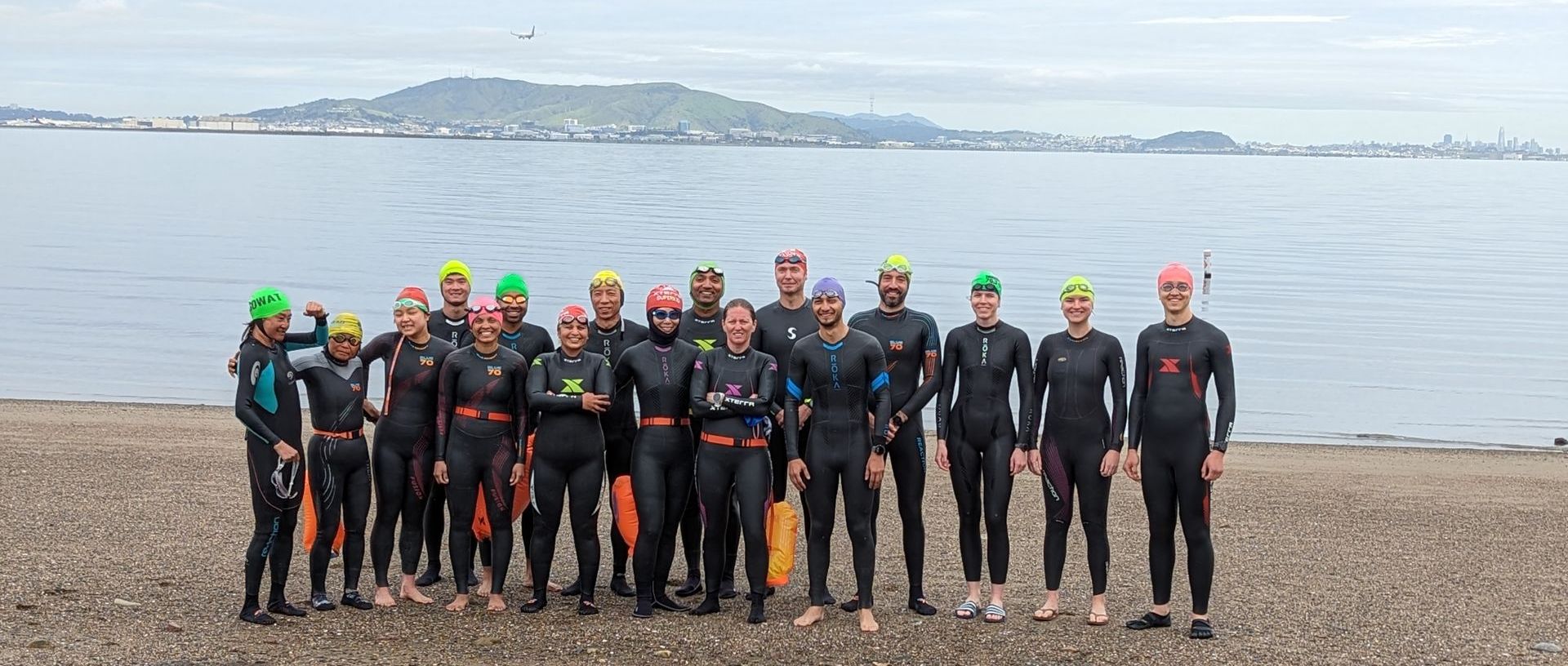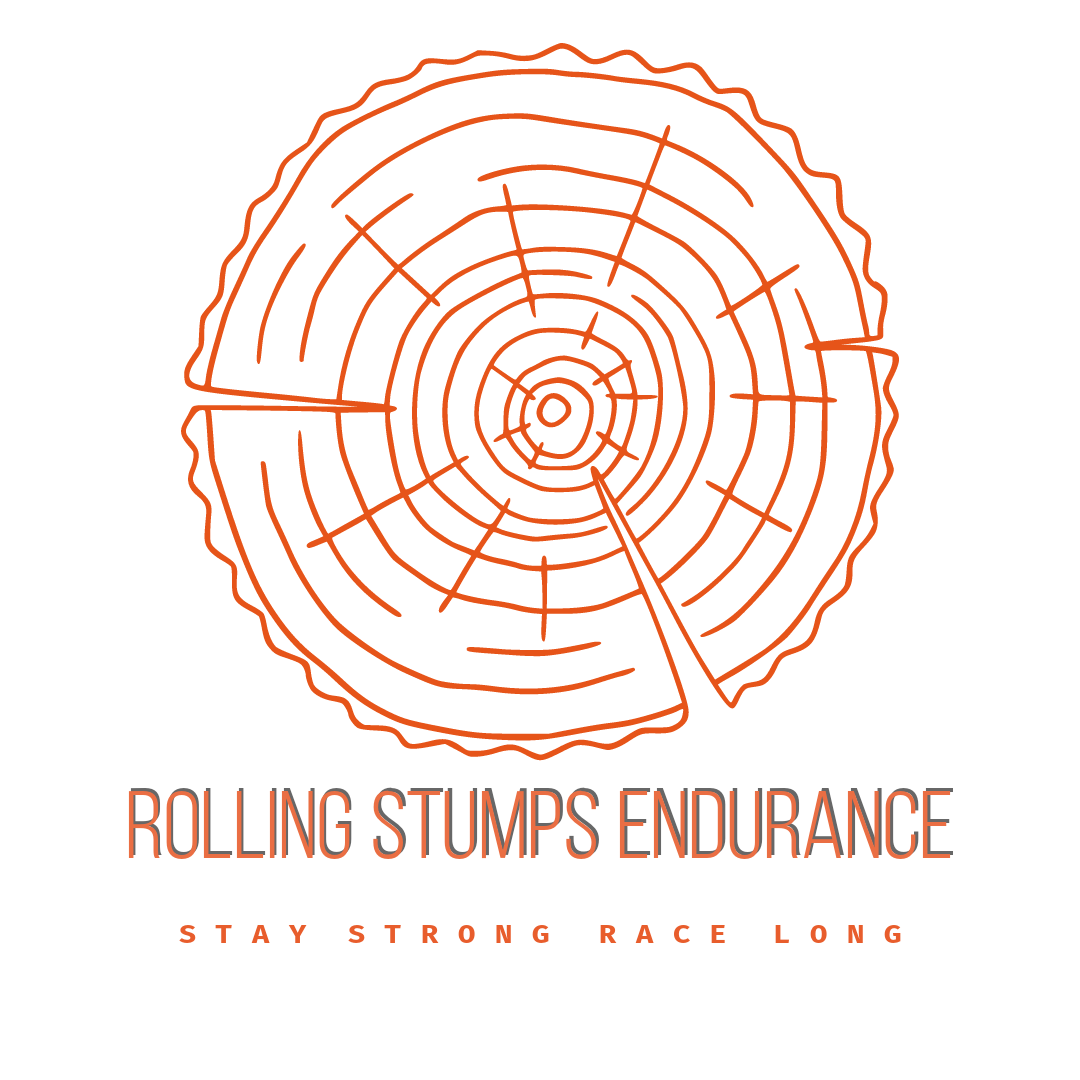Can heat training help you?
Just a couple of weekends back we were participating in Quicksilver Endurance runs. Viktor was running the 50k and I was getting ready to pace my runner. The day wasn’t that hot at first (in the morning), but as the sun rose up it started to bake the runners. The overall drop rate was about 41%, whereas the percentage is way higher in the female group. I’m not saying this is purely due to the heat, but it was one of the factors.
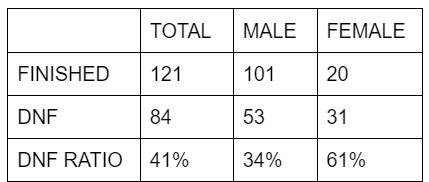
But could heat training help you with your performance, that is the question.
Theory and protocol
The main goal of heat training is to get you ready for racing in hot conditions. But note that there are additional advantages tied with heat training. With heat acclimation protocol we’re trying to optimize the physiological response to heat:
- Increasing plasma volume - which in return optimizes cooling as we are able to dissipate more heat on the skin
- Lower heart rate during the exercise is another response to heat training protocol
- Optimization of sweat mechanism which is again used to lower the core temperature
In general is heat acclimation happening within the initial two thirds of the protocol duration. Suggested heat exposure ,for initial adaptation, should be around 10 days, where the athlete would be exposed to heat on a daily basis. Body will respond to the impulse within the first ~6 days.
To maintain the level of adaptation it is suggested to reimplement the stimulus every 3 days.
There are multiple ways that you probably may have seen within the endurance sport community:
- Overdressing - putting on extra layers that will increase the core temperature during the exercise
- Natural heat - exercising in hot environment
- Dry sauna - getting exposed in sauna post workout once the core temperature is already elevated.
There are more but these would be probably best applied to us, regular athletes.
In terms of stress the sauna exposure produces the least added stress on the athlete, with adequate results ( comparing e.g. 1hr run overdressed against 1hr run + 30 mins in sauna).
General rule of thumb is to apply this intervention approx. 21 days before the designated race and follow through with reintroducing it every 3 days after that.
Note that the intervention can start even earlier, ~6 weeks ahead of the race, this will give you as an athlete the headspace if something unexpected happens during the final phase of your preparation (travel to the venue, and other stress factors during the final weeks).
Other options to deal with heat
When exposed to heat, it is important to lower your body temperature. First line of defense would be choosing light colors for your gear. Having a head cover with the possibility to stash ice in it is another good idea. Ice bandana/sleeve around the neck is another option to increase evaporative cooling as the ice on the neck/shoulders is melting and trickling down the body.
As the body uses skin and sweat evaporation for cooling there are some possibilities too:
- Apply ice or sponge bath on your arms
- Use arm sleeves and fill them with ice
- Putting ice into the sports bra
Internal cooling with consuming cool liquids, but note that consuming something extremely cold with ice shards in it might create GI trouble for the athlete.
Personal experience
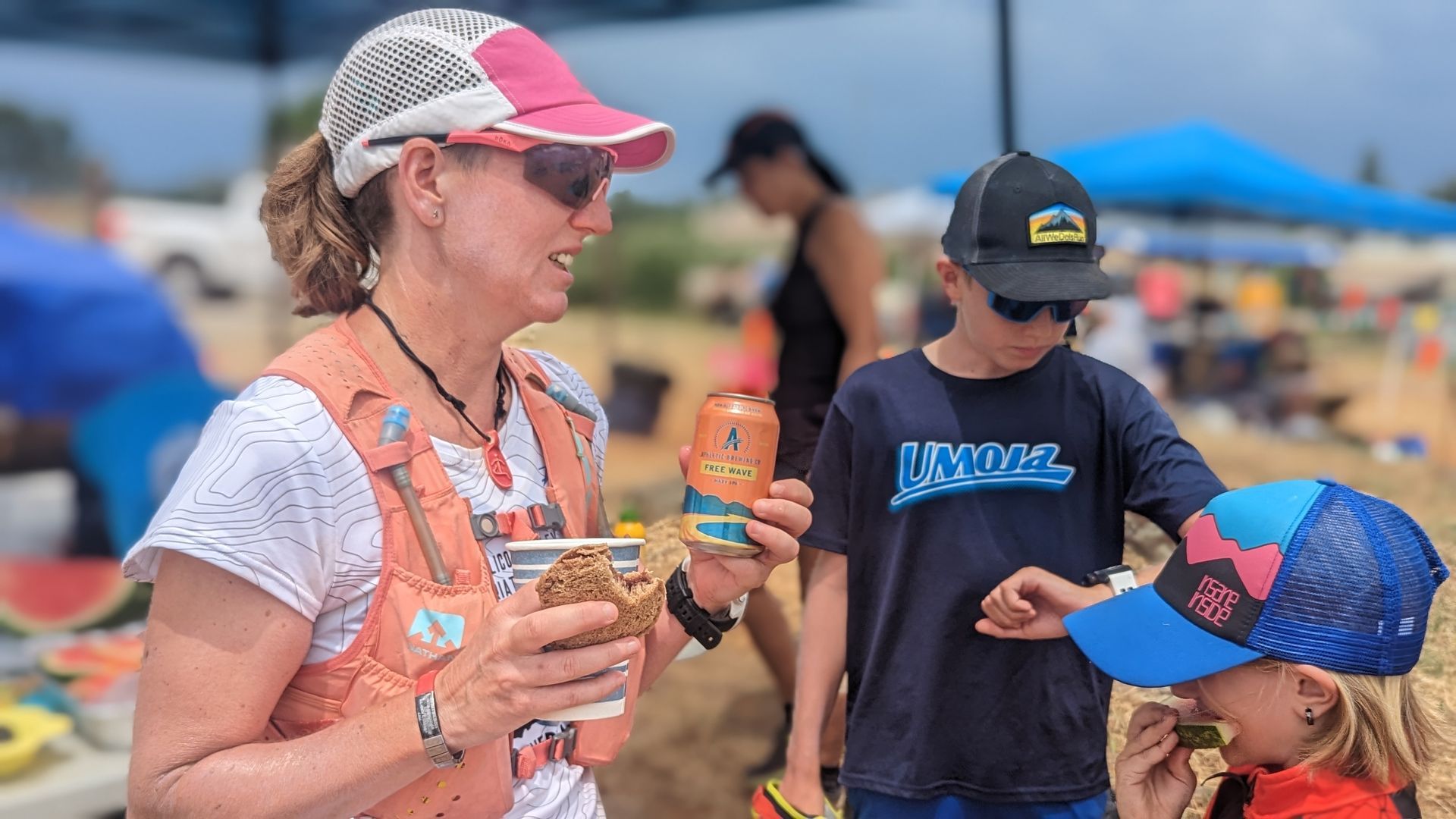
I used this suggested approach last year, while I was getting ready for Cool Moon 100k. My assumption was that since it is happening in Cool, Ca I might need all the heat acclimation possible. The weather was not cooperating completely as the outside temperatures were oscillating and we did not have constant heat, where we live. Therefore my choice fell on the treadmill + sauna combination. I was usually having my workouts for the first 10 days on the treadmill, followed by a 30 min session in the sauna. After I finished the initial 10 day protocol, I took a hot bath after workouts every two to three days, to get exposed again and maintain the acclimation
When the race day came it was considerably cooler than expected and also due to the above mentioned intervention I was able to move pretty well during the race day. I would do the same if I were racing in hot conditions again.
For more information :
https://www.jasonkoop.com/podcast/heat-training-interventions-with-coach-ajw
https://trainright.com/heat-acclimation-when-to-start-and-how-long-it-takes/
